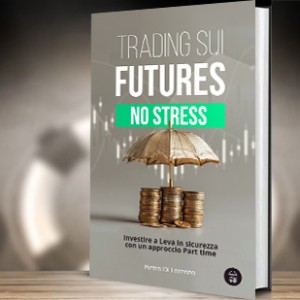Inglese finanziario lezione 30
Inglese finanziario lezione 30
LESSON 30
Inglese finanziario lezione 30
7) A $100 Stock Isn’t Expensive And A $5 Stock Isn’t Cheap
The price of a single share is not the right number to evaluate when deciding if a stock is a good buy or not. While triple-digit price tags might cost too much for a new investor with limited funds, loading up on 100 $1 stocks isn’t necessarily a better strategy. Think of investing like grocery shopping — there’s a reason you go to the store with a list instead of just deciding what to buy based on price tags.
8) Taxes Can Take A Bite Out Of Your Profits
The FANG stocks – Facebook , Amazon.com , Netflix and Google (Alphabet) — had a great run in 2015, with returns ranging from 34% to 134%, but from a tax perspective any investor who bought last year and eyeing the exits wants them to keep climbing. That’s because the one-year mark is a line of demarcation for the tax man.
Selling stocks you’ve held for less than a year triggers a short-term capital gain, taxed as ordinary income. That could mean kicking back anywhere from 25% to 39.6% to Uncle Sam. But hold those same stocks for at least 12 months and the tax rate drops to 15% for most tax brackets.
9) Know What You Need, And What You’re Paying For
The evolving brokerage industry is a beehive of competition to offer the latest and greatest trading options, but for most investors the basic essentials can be found anywhere.
Make sure you know the type of buy or sell order you’re entering. A market order, for instance, will be executed as soon as possible, whatever the prevailing market price; a limit order by contrast will only complete the transaction within price parameters you’ve established.
10) Take Market “News” With A Whole Shaker Of Salt
The first trading day of 2016 had not shortage of headlines, from a plummeting Chinese stock market to GM’s investment in Uber rival Lyft and the severing of relations between Saudi Arabia and Iran. But is that any reason for U.S. stocks to plunge more than 2.5% (as they did before bouncing off their lows)?
As an investor, the news flow driving day-to-day gyrations in the market should be taken as interesting reading rather than a reason to make or change strategy.








